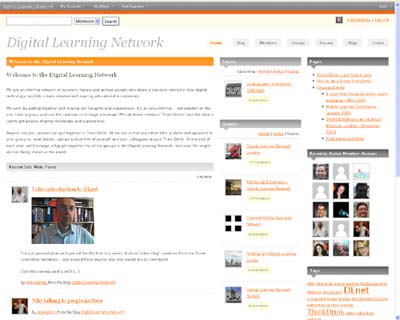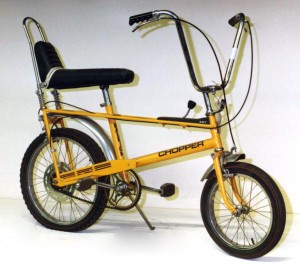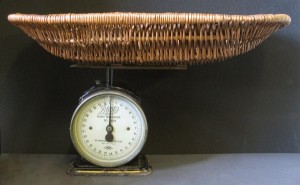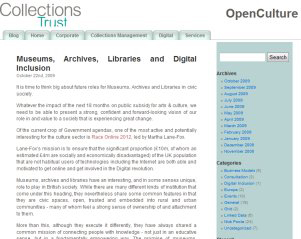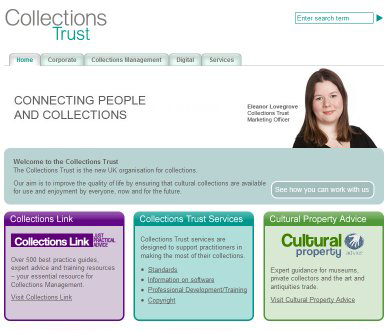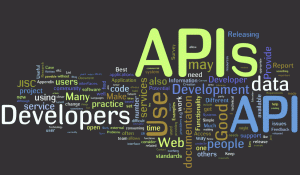Find people, build networks, share ideas
Posted by guestblogger on 22nd April 2010
About This Guest Post
In his role as chair, Martin Bazley introduces us to the Digital Learning Network (DLNet). The group was formerly known as the E-Learning Group for Museums, Libraries and Archives and has much to offer cultural heritage professionals looking to expand their knowledge in technical areas and make contact with peers with similar interests.
Martin can be contacted on using the DLNet email (info@digitallearningnetwork.net).
Find people, build networks, share ideas
The ELG has become the Digital Learning Network – DLNet for short.
DLNet has been created by the group formerly known as the E-Learning Group for Museums, Libraries and Archives. The idea is to go back to basics and get people talking about technology and learning. There are so many people whose job involves some kind of educational/digital role, but who don’t have a network and really depend on colleagues and informal relationships to share information about new developments.
It’s all about connecting people and sharing ideas
The Digital Learning Network arranges events, meetups (called ‘ThinkDrinks’) and tries to encourage people to come together – whether it’s 3 people in a pub or 100 people at a conference.
Have a look at a short video from the first London ThinkDrink:

So we are changing our name from the E-Learning Group to the Digital Learning Network – DLNet for short – and putting more effort into getting people talking and sharing ideas, as well as doing all the stuff we used to do.
Just created, and growing fast
In the first few weeks more than 65 people have registered, and 15 local groups created.
Have a look at how the site works, in this short introductory video:

Find people, build networks, share ideas
- Do you want to find people working in digital learning in your local area?
- Do you want to build networks?
- Do you want to exchange ideas, experiences, and best practice?
We can help. We’re getting conversations going about using digital technology to support learning:
- online – through the website or Twitter
- face to face – all over the country, in networked groups
Here’s what you can do:
- get a few people together for a ThinkDrink – at the pub, out for tea, at the zoo – wherever you like
- let us know what you talked about – Tweet it, post pictures on Flickr, write a blog post, or post a short video on YouTube
- form your own Digital Learning Network group
And don’t worry, we are still:
- exploring how technology can help deliver inspiring and creative learning in museums, libraries, archives and the heritage sector
- running our highly popular events such as conferences and seminars
- hosting the email list, which is now DLNet@jiscmail.ac.uk (instead of elearning@jiscmail.ac.uk)
You can be a member of DLNet Online for free.
Or become a full member of DLNet – and receive discounts on bookable events and other benefits. Costs £12 individual, or £40 corporate (up to 3 member discounts per event)
If you’re already a paid-up member of the ELG, you are now automatically a full member of DLNet.
Have a look around the Digital Learning Network website and let us know what you think: http://www.digitallearningnetwork.net
Posted in archives, Guest-blog, Libraries, Museums, Social Web | Comments Off

